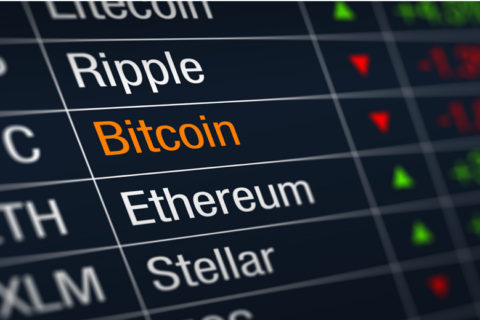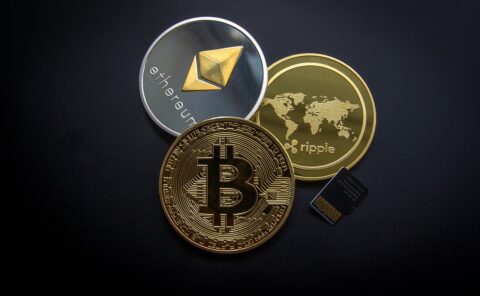Contents
Technology has shifted the way we take in information, especially when people are encouraged to stay home. Working and learning from home is now the norm, and social media platforms like Facebook, Twitter, YouTube, TikTok, and Instagram have become go-to’s for anything we need. From cooking tutorials to fashion hacks to business tips, consumers have access to every kind of social media content imaginable! Because of this, people are even shifting away from traditional media like cable and hard news content in favor of “infotainment”: a blend of information and entertainment.
What Is Infotainment, and Where Did It Come From?
Historically, news organizations made it a point to distinguish “hard” and “soft” news.Hard newsreferred to traditional news reporting centered on current events like politics, international relations, economics, etc. Onthe other hand, soft news centered on feature stories and the human interest, with a little focus on data and facts. By the 1980s, soft news took on a new name: infotainment. With television becoming commercialized and news companies competing for the same audience, the goal of infotainment was to raise television ratings, and it did.
Eventually, infotainment branched out from news to daytime television, entertainment news programs, and forum-style shows. These shows includedThe Oprah Winfrey Show(later calledOprahuntil its final episode in 2011),Entertainment Tonight,The O’Reilly Factor,and probably one of the most popular infotainment programs of the 21st century,The Daily Show.The Daily Show undoubtedly set the bar for media, political, and pop culture satire when Jon Stewart became its host in 1999. This program has even launched the careers of personalities likeStephen Colbertand Hasan Minhaj, previous correspondents of the show who now have similar programs.
In today’s media, the line between hard news and infotainment is starting to blur. Even news organizations see the emergence of news personalities like Wolf Blitzer, Glenn Beck, and others who give news reporting an entertaining twist.
This digital generation has made it possible for the infotainment sector to acquire a bigger audience. More consumers are turning to a more accessible method of getting their news: their smartphones. In the increasingly globalized news market, news organizations find themselves having to satisfy their readers’ need for information almost instantaneously and in a unique way.
And with the growing amount of content creators who offer a more entertaining and engaging way to look at the news through platforms like Youtube, Tumblr, or WordPress, the internet has become a constantly changing landscape for people who want to talk about something that matters to them.
The Rise of Commentary Creators
With the adoption of mobile technology, content sharing, and self-publishing, everyone on the internet now has a voice. If you’re a high schooler looking to share your makeup tutorial, a car enthusiast who wants to share his knowledge with the world, or a business owner who wants to offerphoto retouching servicesto jewelry shops, there’s a place for you to do so!
But what about the aspiring Jon Stewarts, Oprah Winfreys, and TMZs of the digital age? Oh, they’re here, and they’re getting bigger and bigger. Platforms like YouTube see a rise in commentary and drama channels, often called the “TMZs of YouTube.” Creators like The Right Opinion, D’Angelo Wallace, Kurtis Conner, and many others, whose channels revolve around the latest internet happenings mostly involving other social media influencers in different online communities.
With the number of controversies different internet celebrities get into, it’s no surprise that these channels consistently churn out quality videos and make it to the top spots on the trending list.
Compared to theirblogger counterparts, these commentary and drama channels use interesting visuals, documentation, thorough research, and insightful and entertaining commentary that show off their personality, making it seem less of a news story and more informed gossiping session. Bloggers might need cold, hard facts more than these channels do. And because fans usually developparasocial relationshipswith these celebrities, they can’t help but get hooked on the controversies they hear about these influencers.
Of course, commentary channels aren’t only limited to internet drama and pop culture. Philip DeFranco, a veteran of the YouTube platform, hostsThe Philip DeFranco Show,a 5-day-a-week daily show that includes news about current events, politics, finance, and other topics alongside pop culture.
Because of their influence on the community, these kinds of channels are responsible for holding problematic influencers accountable for their problematic actions. Unfortunately, there’s a fine line between holding someone accountable and participating in a “cancel culture.” This can be seen in the false sexual harassment claims made by beauty YouTuber Tati Westbrook against James Charles, which resulted in a full-blown cyberbullying event against Charles, prompting him to apologize and clear up the claims made against him. This instance shows that commentary and drama channels can mobilize their viewership even when some information isn’t proven.
The Future of Infotainment Content
The role of infotainment content in online culture is one of large influence. With everyone glued to their phones, especially when we need to keep ourselves up-to-date with everything happening around us, bloggers and vloggers play a key role in how we perceive information about current events, entertainment, and pop culture. As these creators get bigger and more influential, we’ll likely be seeing more of them pop up in the future, but at the end of the day, it’s up to us to choose how all of this affects us.



